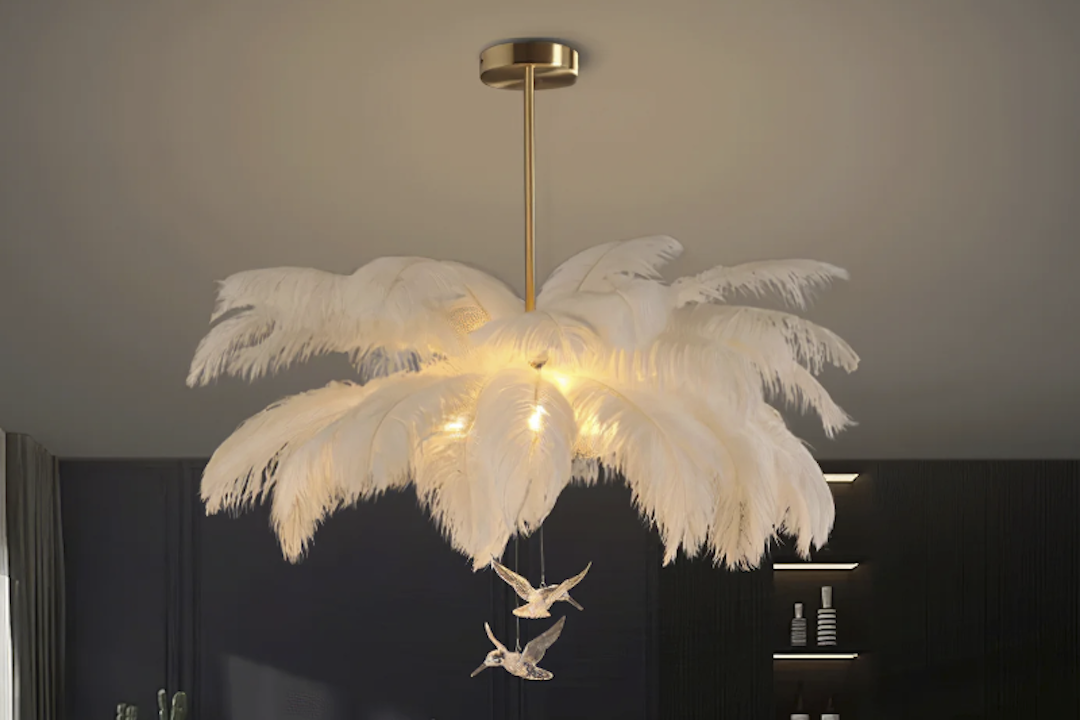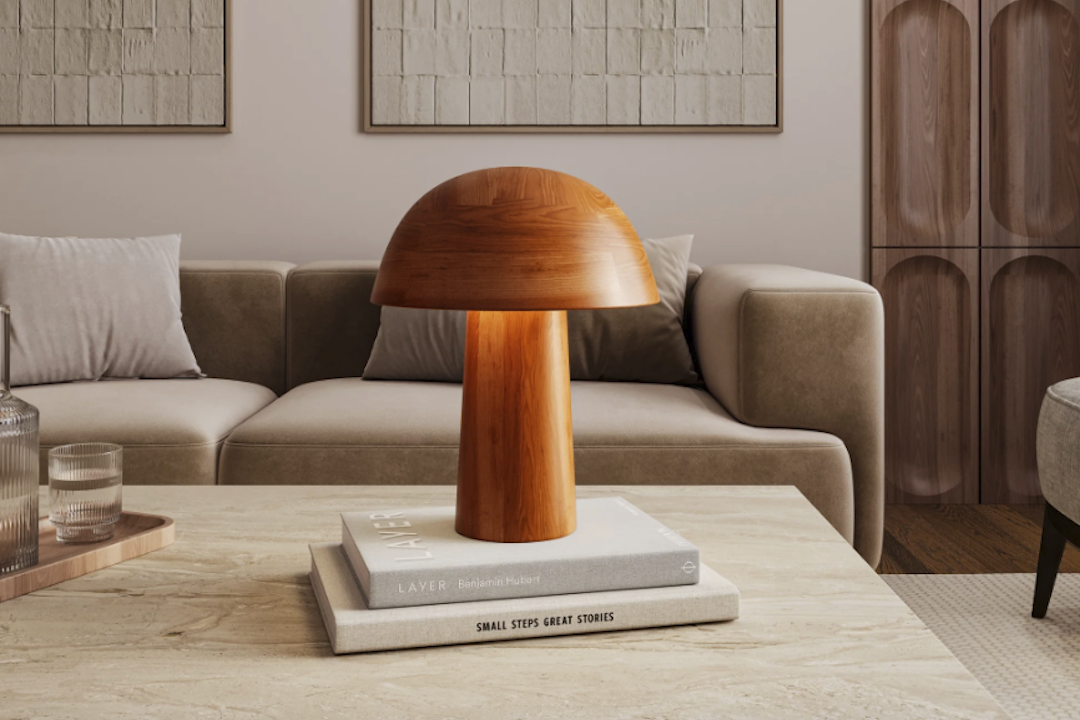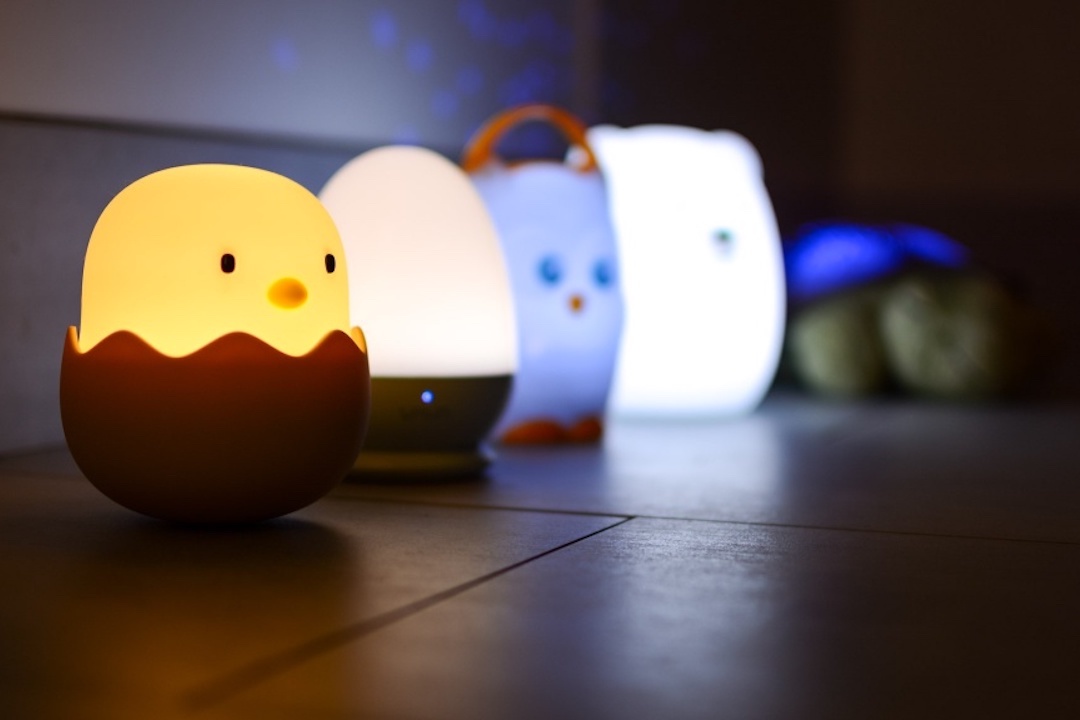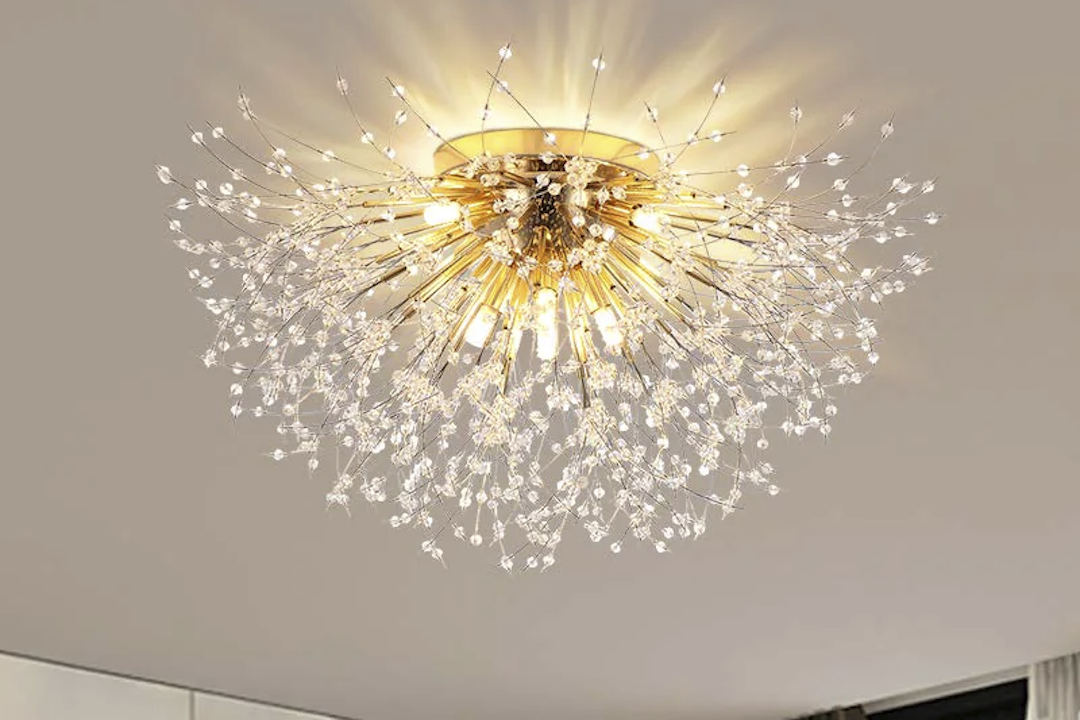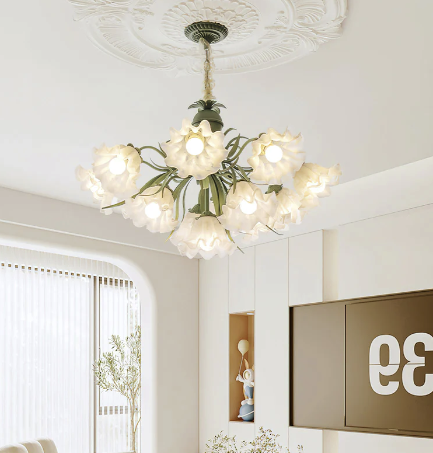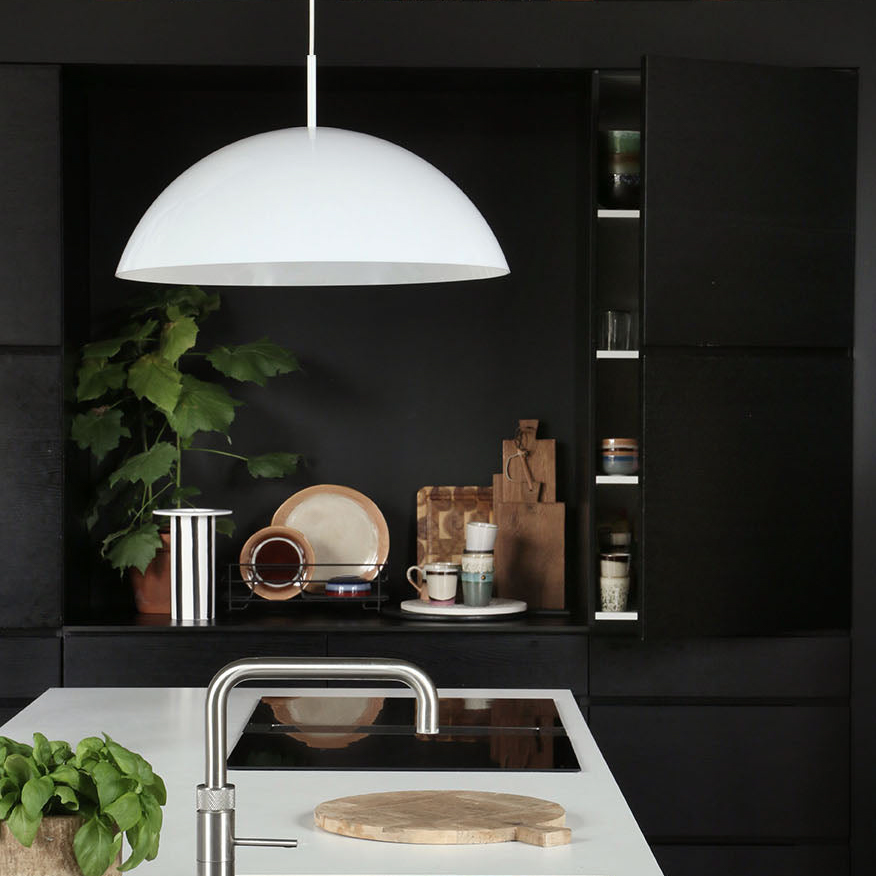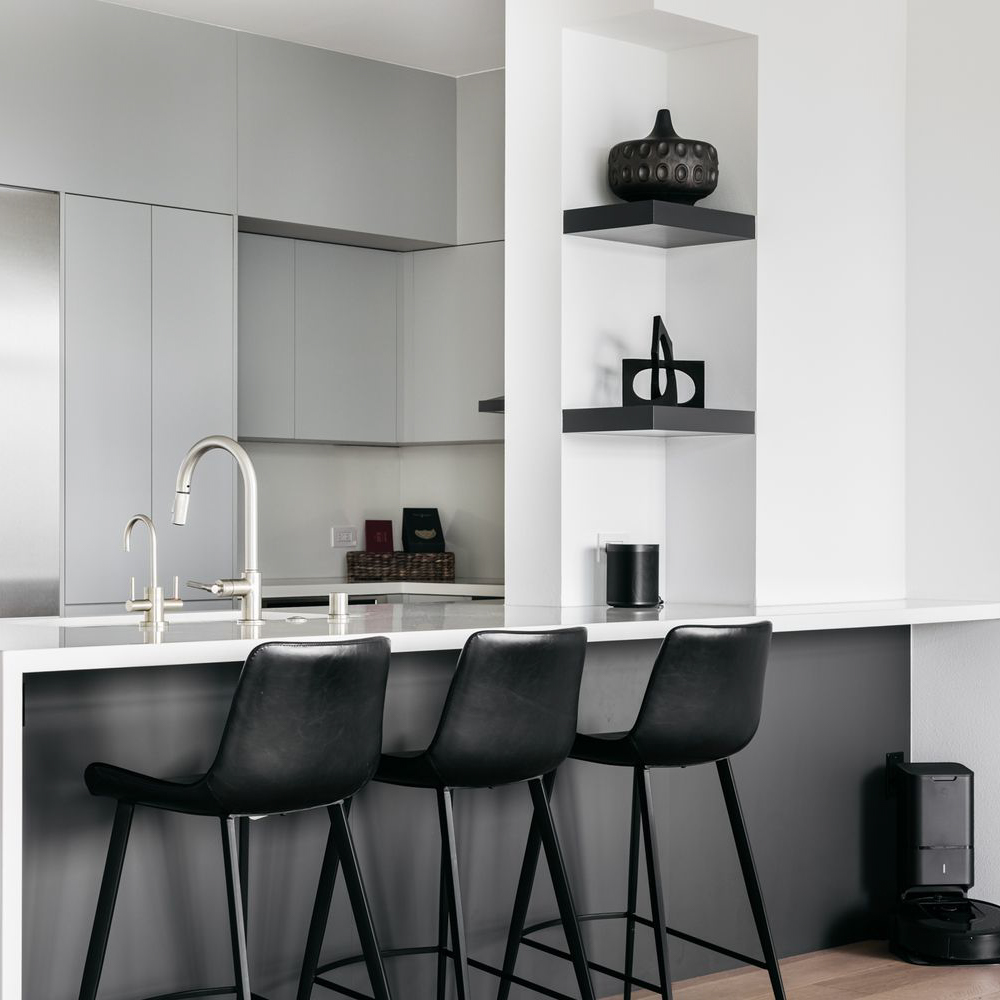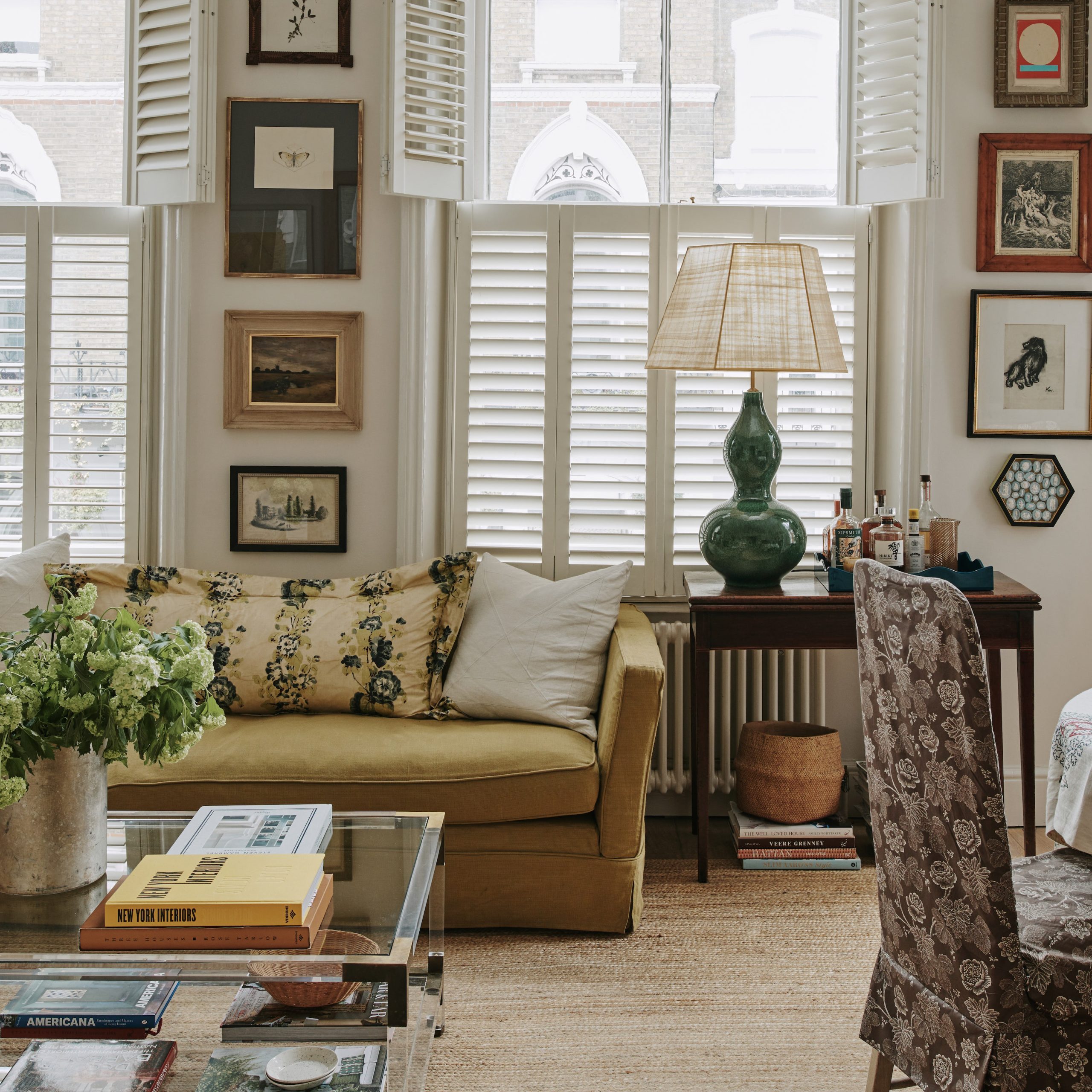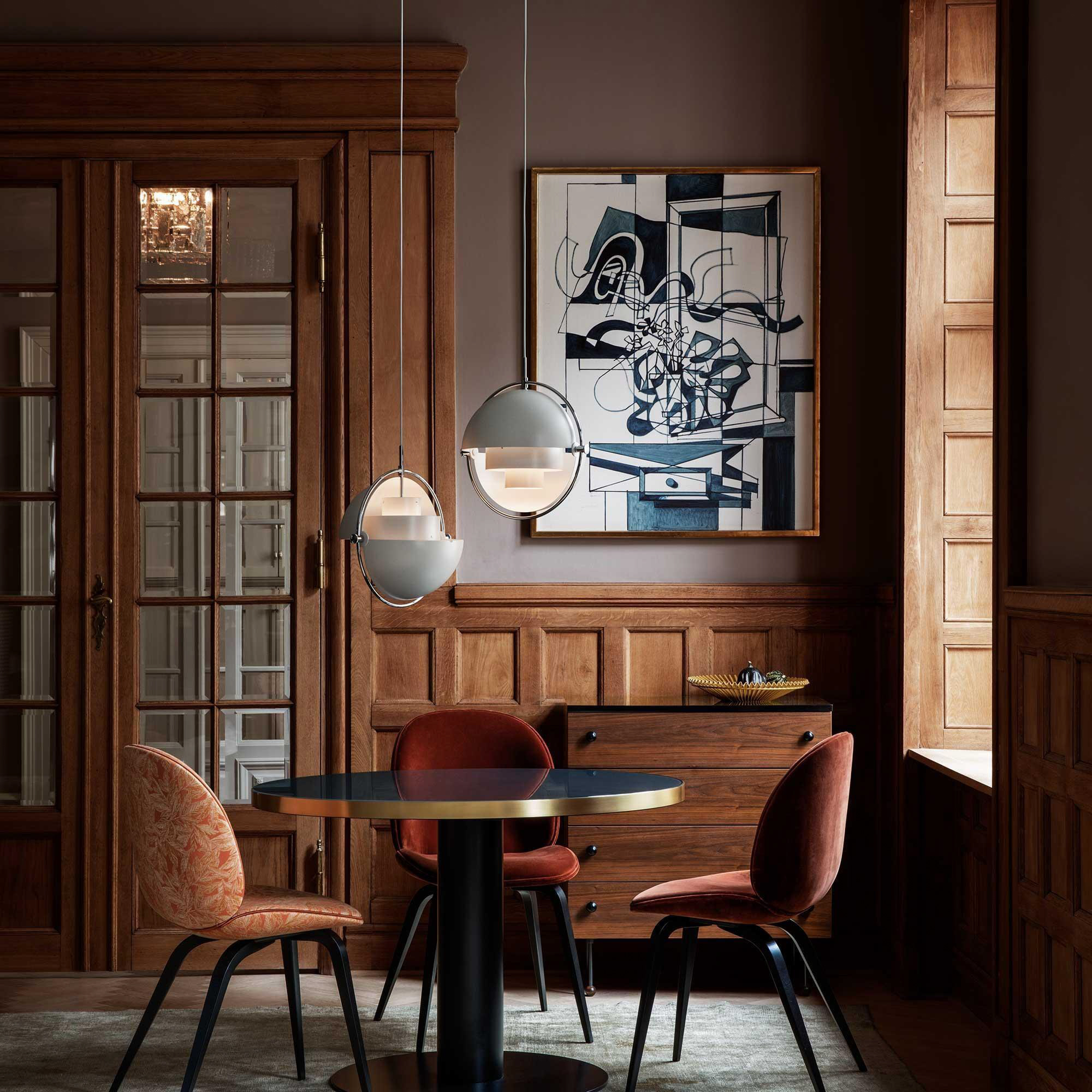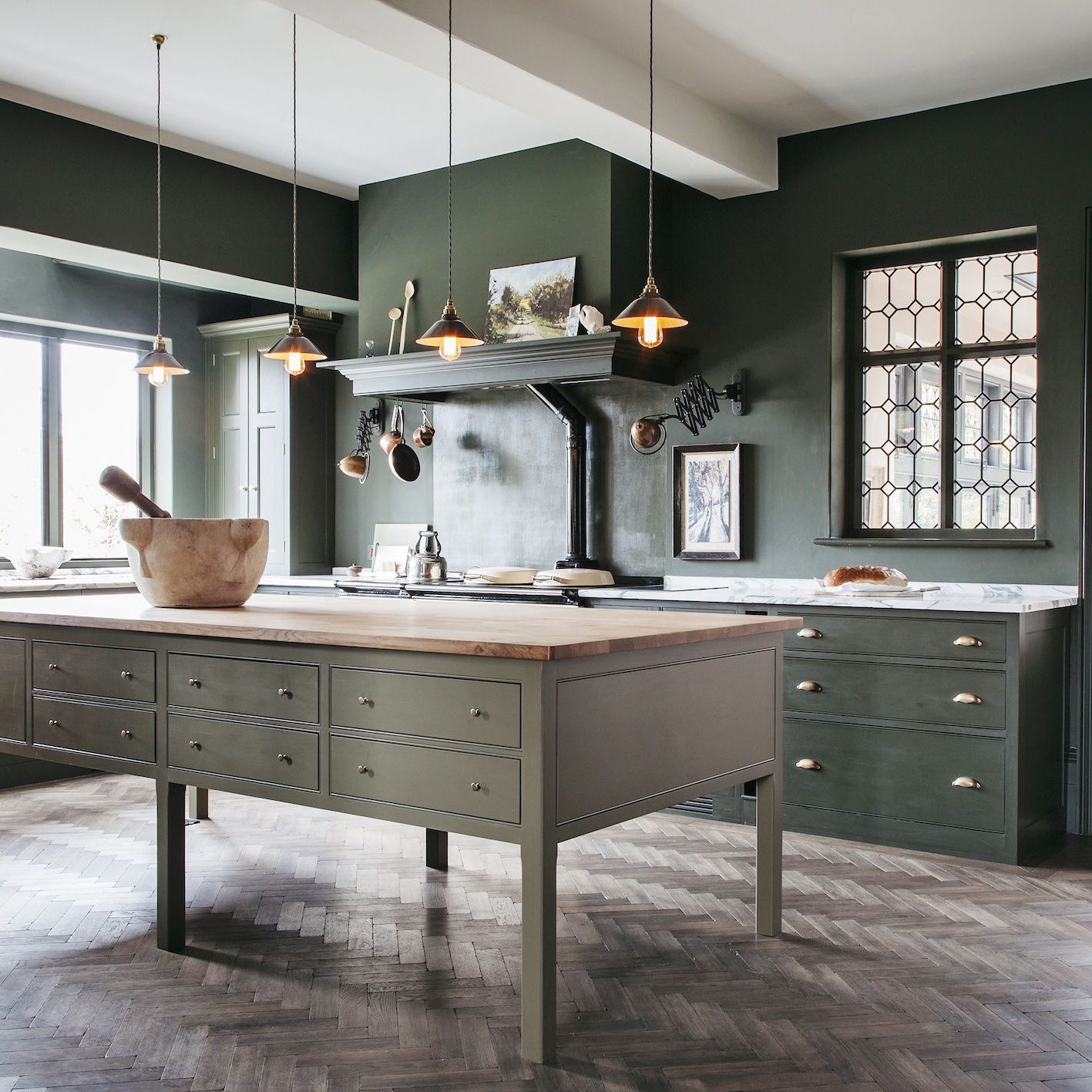Scandinavian design has been popular across the globe for many years. Its hallmark is clean lines, functionality, and minimalism; this approach is called “Scandi minimal.” Scandi minimal is an approach not only to design but also to lifestyle. In this article, we will delve deep into the world of Scandi minimalism.
The Rise of Scandi Minimalism
Scandinavian minimalism emerged during the 1920s and 1930s as Northern European countries looked to create a new style after World War I. The style was characterized by clean lines, functional form, limited color palettes, and the use of natural materials.
Over the years, this aesthetic has evolved to incorporate modern design concepts, while still holding on to its original principles. Today, Scandi minimalism is more popular than ever before. Its aesthetic has been incorporated into everything from fashion to interior design and even digital design.
The Principles of Scandi Minimalism
So, what are the principles of Scandi minimalism? At its core, it is about simplicity and functionality. The following are some of the key principles of Scandi minimalism:
Simple color palettes
Scandi minimalism favors earthy tones such as whites, greys, and browns. This complements the focus on natural materials and creates a calming and cohesive atmosphere.
Natural materials
Wood, leather, and linen are some of the most commonly used materials in Scandi minimalism. The simplicity of these materials helps enhance the design aesthetic by putting the focus on the form and function of objects.
Clean lines
Scandi minimalism is characterized by simple, clean lines. This not only enhances the functionality of the objects but also creates a calming and organized atmosphere.
Functionality
Scandi minimalism prioritizes functionality above all else. All objects must serve a purpose, and the design of the object should enhance its effectiveness.
Scandi Minimalism in Interior Design
Scandi minimalism has taken the world of interior design by storm. It is often associated with the concept of “hygge,” which is the Danish word for cozy. The following are some of the ways that Scandi minimalism is incorporated into interior design:
Statement pieces
In Scandi minimalism, a single statement piece can elevate the entire room. This could be a piece of artwork, a stylish sofa, or even a simple vase.
Natural light and greenery
Scandi minimalism often incorporates natural light and greenery to bring the outdoors in. This makes the space feel more calming and peaceful.
Functional furniture
Furniture in Scandi minimalism is not only stylish but also functional. This means that each piece serves a purpose while enhancing the overall aesthetic of the room.
Scandi Minimalism in Fashion
Scandi minimalism has also influenced the fashion world. In fashion, Scandi minimalism is often associated with unconventional shapes and neutral colors. The following are some of the ways that Scandi minimalism is incorporated into fashion:
Clean lines
In fashion, clean lines create an elegant and sophisticated look. Scandi minimalism often incorporates tailored, relaxed fits that highlight the natural form of the body.
Neutral color palettes
Neutral colors such as white, black, and earthy tones are a hallmark of Scandi minimal fashion. These colors are easy to coordinate and enhance the focus on the form of the garment.
Quality materials
Scandi minimal fashion incorporates high-quality fabrics such as wool, cotton, and linen. The use of natural materials adds to the overall aesthetic and longevity of each garment.
Scandi Minimalism in Digital Design
Scandi minimalism has even made its way into the world of digital design. Minimalism has always been a crucial element of good design, but Scandi minimalism takes it to another level.
The following are some of the ways that Scandi minimalism is incorporated into digital design:
Whitespace
Whitespace is a crucial component of Scandi minimalism in digital design. It helps prioritize the most important elements of the design and creates a sense of calm and simplicity.
Functional form
Functionality is a key principle of Scandi minimalism in digital design. Each element of the design should serve a purpose and enhance the overall user experience.
Simple color palettes and typography
In digital design, simple color palettes and typography are used to create a clean and cohesive look. This enhances readability and communication with the user.
Scandi minimalism is not just a design aesthetic; it’s a way of life. Its principles of simplicity, functionality, and natural materials have not only made it popular in design but also in fashion and digital design. With its simple yet elegant aesthetic, Scandi minimalism has become a lifestyle choice for many people all over the world.
